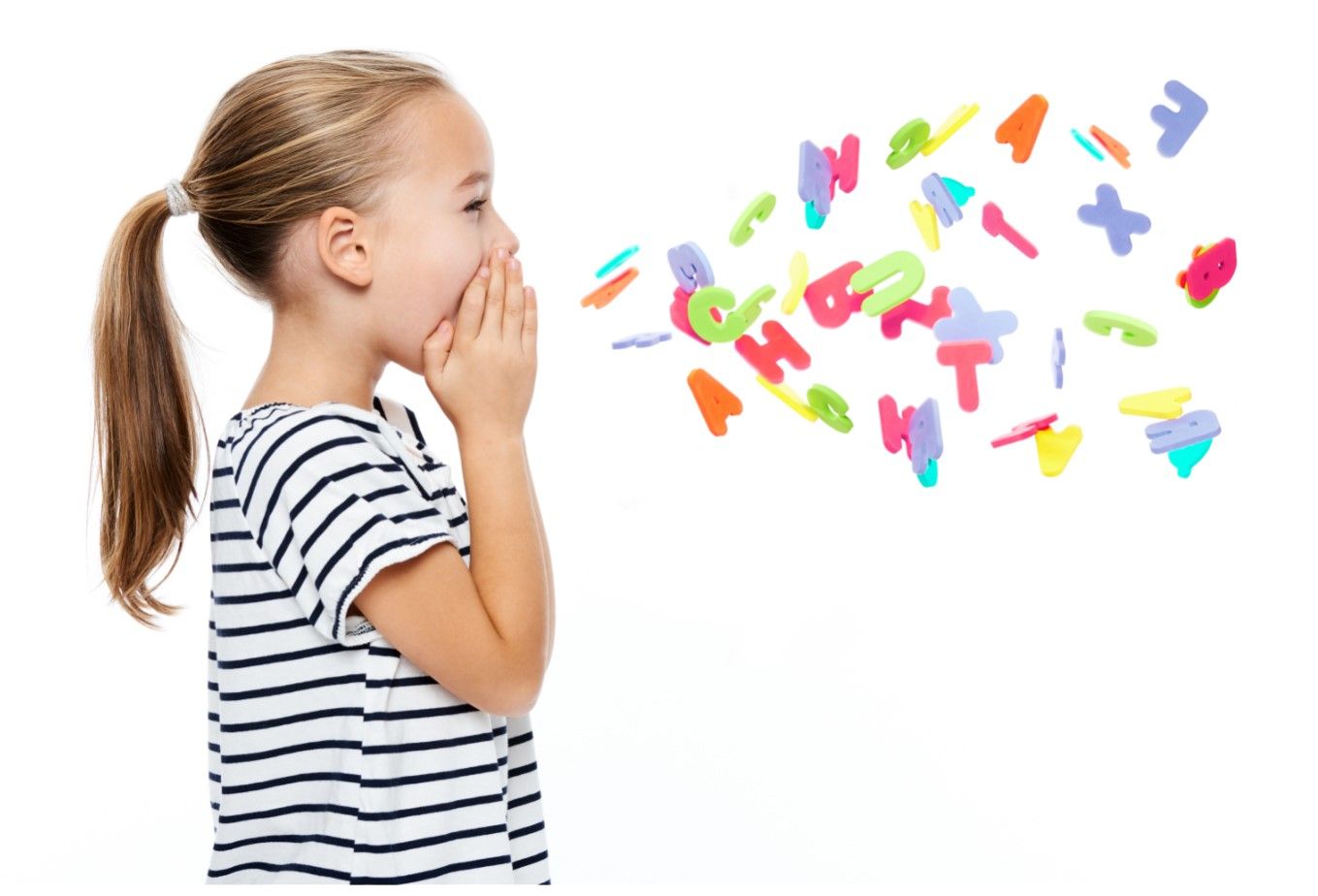Managing emotional challenges in the classroom
In the ever-evolving field of education, meeting the diverse needs of children extends beyond conventional teaching approaches. A critical factor that has garnered attention is the comprehension of emotional dysregulation and its significant influence within the classroom setting. As educators and parents endeavour to cultivate the optimal learning environment, acknowledging and tackling emotional dysregulation is increasingly recognised as a pivotal component in nurturing academic achievement, according to an education expert.
“Emotional dysregulation refers to difficulties in managing and expressing emotions appropriately. For some children, navigating the complex web of feelings can be overwhelming, leading to challenges in focusing, self-control, and interpersonal relationships. Recognising the signs of emotional dysregulation is crucial for creating a supportive environment that promotes both emotional and academic growth,” says Renie Sutherland, Principal at The Bridge Assisted Learning School Morningside, which supports students facing challenges unrelated to cognitive ability. The Bridge is a brand of ADvTECH, Africa’s largest private education provider.
Sutherland says the repercussions of emotional dysregulation in the classroom can be far-reaching.
“Children grappling with emotional dysregulation may find it challenging to concentrate on academic tasks, exhibit disruptive behavior, or struggle to engage in collaborative activities. These challenges can hinder not only their individual learning but also the overall classroom dynamic.”
Sutherland says recognising emotional dysregulation can sometimes be challenging, but that there are some general signs that may indicate emotional dysregulation:
- Intense Emotional Reactions: Children with emotional dysregulation may experience emotions more intensely than their peers. This can manifest as extreme anger, sadness, anxiety, or frustration that seems disproportionate to the situation.
- Quick Mood Shifts: Abrupt and unpredictable changes in mood can be indicative of emotional dysregulation. A child may go from being calm to extremely upset or agitated without an apparent trigger.
- Difficulty Recovering from Upsets: Children struggling with emotional dysregulation may find it challenging to calm down after becoming upset. Their emotional state might persist for an extended period, making it difficult for them to return to a baseline mood.
- Impulsive Behavior: Acting on impulses without considering the consequences is a common trait associated with emotional dysregulation. This may include impulsive decisions, outbursts, or even physical aggression.
- Difficulty with Transitions: Changes in routine or unexpected transitions can be particularly challenging for those with emotional dysregulation. They may struggle to adapt to new situations, leading to increased stress and emotional upheaval.
- Poor Frustration Tolerance: Children with emotional dysregulation may have a low threshold for frustration. Minor setbacks or challenges that others may handle with ease can lead to intense emotional reactions.
- Social Difficulties: Emotional dysregulation can impact interpersonal relationships. Children may struggle with making and maintaining friendships due to difficulties in understanding and responding appropriately to social cues.
- Physical Symptoms: Emotional dysregulation can manifest physically. Children may experience headaches, stomachaches, muscle tension, or other physical symptoms in response to emotional distress.
- Sleep Disturbances: Disruptions in sleep patterns, such as difficulty falling asleep or staying asleep, can be associated with emotional dysregulation. Emotional challenges may interfere with the ability to relax and unwind before bedtime.
- Difficulty Identifying Emotions: Some children with emotional dysregulation may have difficulty recognizing and labeling their own emotions. This lack of emotional awareness can contribute to challenges in effectively regulating their feelings.
“While the above could be indicators of emotional dysregulation, they should serve as a starting point for investigation, not a diagnostic checklist, as every individual is unique,” says Sutherland.
“If a parent has cause for concern, they should seek professional help from a qualified professional or educational experts to help guide them and their child. It is crucial to approach emotional dysregulation with sensitivity and avoid making assumptions,” she says.
Generally, the approach to supporting children dealing with dysregulation will include building emotional awareness, developing structured routines, teaching coping skills, engaging in collaborative problem solving, and building and maintaining healthy boundaries.
It may also become necessary to find a school that understands emotional dysregulation and is paramount for the holistic development and well-being of children, which is able to assist children on their journey.
“The ability of a school to recognise and address emotional challenges directly correlates with a child's academic success and overall mental health. A school that prioritises emotional well-being fosters classroom environments tailored to promote resilience, creating a supportive space where children feel understood and validated,” says Sutherland.
“Such environments will be characterised by teachers who are trained to recognize signs of emotional dysregulation and implement strategies that nurture resilience. By emphasizing emotional intelligence alongside academic achievement, these schools equip children with essential life skills, enabling them to navigate challenges with resilience and adaptability.
“Ultimately, choosing a school that values and incorporates emotional well-being into its educational philosophy, lays the foundation for children to thrive academically, emotionally, and socially, setting them on a path towards long-term success.”
Frequently Asked Questions
What is emotional dysregulation in children?
Emotional dysregulation refers to difficulties children have in managing and expressing emotions appropriately. It can manifest as intense emotional reactions, difficulty recovering from upsets, and impulsive behavior that seems disproportionate to the situation, significantly impacting their learning and classroom interactions.
How can teachers recognise signs of emotional dysregulation in students?
Teachers can identify emotional dysregulation through various indicators including intense emotional reactions, quick mood shifts, difficulty with transitions, poor frustration tolerance, impulsive behavior, and physical symptoms like headaches or stomachaches. These signs help educators provide appropriate support and intervention strategies.
Why does emotional dysregulation affect academic performance?
Emotional dysregulation impacts academic performance by making it challenging for children to concentrate on tasks, engage in collaborative activities, and maintain focus. When students struggle to manage their emotions, they may exhibit disruptive behavior that hinders both individual learning and overall classroom dynamics.
What classroom strategies help students with emotional challenges?
Effective classroom strategies include building emotional awareness, developing structured routines, teaching coping skills, engaging in collaborative problem-solving, and maintaining healthy boundaries. These approaches create supportive environments where students feel understood and can develop resilience while learning academic content.
How can parents support children experiencing emotional dysregulation at school?
Parents should seek professional help from qualified educational experts or mental health professionals when they notice concerning signs. Early intervention, combined with consistent communication between home and school, helps create a comprehensive support system that addresses the child's emotional and academic needs.
Can emotional dysregulation be mistaken for other behavioral issues?
Yes, emotional dysregulation can be confused with attention problems, defiance, or learning difficulties. Professional assessment is crucial for accurate identification, as symptoms like difficulty concentrating, impulsive behavior, and social challenges may overlap with other conditions requiring different intervention approaches.
What role do schools play in supporting emotionally dysregulated students?
Schools play a vital role by creating environments that prioritize emotional well-being alongside academic achievement. Effective schools train teachers to recognize emotional challenges, implement supportive strategies, and foster classroom environments that promote resilience and validate students' emotional experiences.
How does addressing emotional dysregulation benefit the entire classroom?
Addressing emotional dysregulation creates a positive ripple effect throughout the classroom by reducing disruptions, improving overall learning atmosphere, and teaching all students valuable emotional intelligence skills. When educators support struggling students, it enhances classroom dynamics and creates a more inclusive learning environment for everyone.











